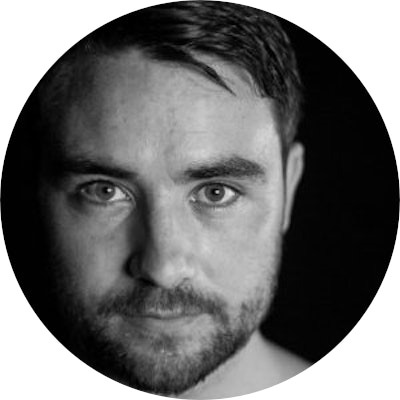
Study Notes
Download pdf 1 MB
12 years delivering excellence
Join a global community
Globally recognised
Toolkits, content & more
Facebook Ads is the native advertising (paid media) platform offered and developed on Facebook. Advertising across Facebook’s properties is done on a self-serve basis. The ads platform is designed to give everyone the ability to advertise to anyone on Facebook, Instagram, and the Audience Network. It enables businesses of all sizes to advertise with ease and accuracy. They can reach people with exceptional scale, as there is the ability to reach over 1.8 billion people.
When leveraging the ads platform, you are reaching real people, as people are the truest representations of themselves on the internet on Facebook. Being able to advertise to real people with accuracy is a substantial benefit to marketers. Those real people can be reached across desktop and mobile, and they can also be reached at each stage of the purchase journey. Marketers can reach people at any point with a brand awareness message, with a message to consider purchasing, or a direct conversion message.
Any business of any size can grow its business on the ad platform. An advertiser can launch an ad in less than two minutes with just a credit card. For instance, a local shopkeeper can launch an ad to reach people in their area with a special offer. Conversely a multi-market FMCG brand can reach millions of people interested in their hair care product – across all of Europe – in just a few clicks.
Marketers can use an array of ad formats to meet their marketing objectives. These ad formats are designed to work at certain stages of the marketing funnel and fulfill the marketer’s objectives.
Here is a look at where ads can be delivered, in order to encourage users to engage with your objective and ad format.
The same people can be reached across all placements in the same campaign for several objectives.
When building a campaign on Facebook, it should be noted that there is a three-tier structure to preparing ads on the Facebook ads platform. These are:
Within a campaign there can be as many ad sets as you wish. There can also be as many ads as you wish in an ad set, but it is best practice to include no more than six ads in an ad set. Too many ads in an ad set means there are too many ads competing for the same audience, and it will impact delivery negatively.
Before you build an ad campaign, you need to decide what marketing objective you wish to address. As you can see here, the objectives are set against each stage of the marketing funnel.
For the awareness stage, you can run ads that optimize for brand awareness or reach.
For the consideration stage, you can select to drive traffic to a destination on or off Facebook. You can select to increase engagement of posts and ads. You can also get app installs, increase video views, get video views, and collect leads. Selecting ‘Messages’ will drive people to open conversations with the business in Messenger.
For the bottom of the marketing funnel – the conversion stage – you can increase conversions on your website, promote products in your catalog, and get people to visit your store.
Be sure to figure out what you want to get out of your campaign, as that will dictate what objective you select here. For example, if you wanted to reach new people who aren’t your customers, you would select ‘Reach’ in the awareness stage.
When you are creating ads, you have the option to include various CTA buttons with your ad formats. Each CTA specifies a specific action, and that action should be aligned with your marketing objective.
For example, if you want people to purchase an item from your online shop, you would select the ‘Shop Now’ call to action. If you want someone to install your app, you would select ‘Install Now’. Examples of CTA buttons include:
Dave Morrissey is a Client Solutions Manager in the Retail and eCommerce division at Facebook. A seasoned digital marketer who specializes in social media, Dave now helps his clients achieve their marketing objectives through identity-based, data-driven marketing that's grounded in measurable business results.

Data protection regulations affect almost all aspects of digital marketing. Therefore, DMI has produced a short course on GDPR for all of our students. If you wish to learn more about GDPR, you can do so here:
The following pieces of content from the Digital Marketing Institute's Membership Library have been chosen to offer additional material that you might find interesting or insightful.
You can find more information and content like this on the Digital Marketing Institute's Membership Library
You will not be assessed on this content in your final exam.
ABOUT THIS DIGITAL MARKETING MODULE
 Dave Morrissey
Dave MorrisseyThis module focuses on Facebook and how the platform’s features can be leveraged by digital marketers to develop a successful marketing strategy. It begins by describing how Facebook works as a platform and outlines the Facebook terminology marketers need to be familiar with. It then provides best practices for setting up a Facebook Page and creating Facebook Page Posts. It goes on to cover the different platform features on Facebook and explains how to use the Facebook Ads platform effectively. Finally, it provides you with the knowledge to plan and deliver a Facebook advertising strategy, and to analyze its performance.